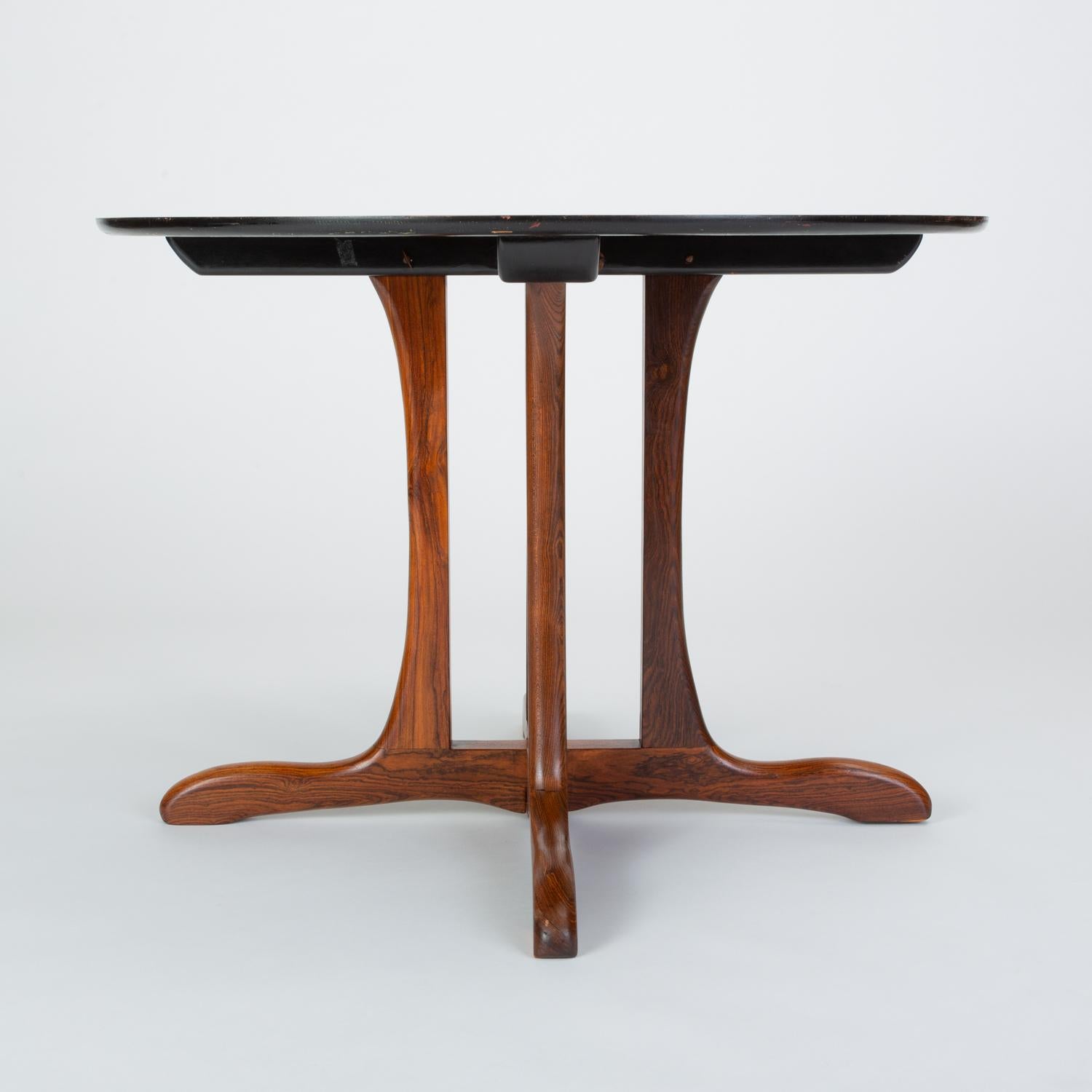

Known as “cork taint,” or simply being “corked,” past studies have estimated that TCA affects up to 10% of wines under cork.Ĭork taint, however, could soon be a thing of the past. While harmless, the compound can transfer to the wine and cause aromas of wet cardboard, damp basement or wet dog. It’s caused when chlorine comes into contact with certain fungi during the cork’s processing. The chemical compound 2,4,6-trichloroanisole, or TCA, affects mostly wood-derived materials, which makes it cork’s worst enemy. The Everything Guide to Cork and Corkscrews Cons: The visceral ritual helps cork retain its dominance, even in the face of stiff competition. There’s something romantic and ceremonial about popping a wine cork. With a lifespan of up to 200 years, one tree can provide cork for thousands of bottles, which makes it the most ecologically sound material to seal a bottle. Cork oaks regenerate their outer layer of bark, which allows them to be harvested about once every decade. These evergreens, the majority of which grow in Portugal and Spain, are abundant and strictly protected. Cork is derived from the bark of Quercus suber, also known as the cork oak tree. However, the close-fitting stopper we’re familiar with wasn’t popularized until the 18th century, in conjunction with the first user-friendly corkscrew.


Evidence of its usage dates back to the ancient Greeks and Romans. The world’s most widely used wine closure has been around for a while. Here’s your guide to the world’s most popular wine closures. For once, let’s get to know what sits above it. We spend the most of our time focused on what lies within the bottle. It can hint at longevity, quality, culture and history. But should you judge a wine by its closure? Cultural preconceptions aside, the stopper can tell a great deal about the wine it encloses. Why? Because many Americans still believe screw caps signify low-quality wine.Īs the saying goes, you shouldn’t judge a book by its cover. market, however, those same wines are sealed under natural cork. In Australia, the majority of Penfolds’s red wines, which include offerings priced well into triple digits, are sealed by screw cap. While its white wine range is closed with screw caps, the reds receive different stoppers based on where they are exported.

At Penfolds, one of Australia’s most well-known wine brands, the bottling line is an elaborate operation, especially its final stage: the seal.


 0 kommentar(er)
0 kommentar(er)
